Why does composition matter so much? Because a photograph is, for the sake of this discussion, a two dimensional representation of some very small portion of our three dimensional world. Composition provides a way in which to convey in a compelling manner what you are seeing despite the absence of that third dimension. With composition, you are simply arranging the visual elements of a scene in such a way that anyone who views your photo can’t help but spend more than a few seconds with it. In-focus subjects and “correct” exposure are important, but such technical particulars only go so far in crafting a photo that really holds a viewer’s attention. It is composition that seals the deal. With that in mind, let’s have a quick look at some commonly used composition guidelines.
Rule Of Thirds
Everyone knows this one, right? It’s probably the composition guideline you first became aware of when you got into photography. The rule of thirds is a simple but effect approach to placing the subject in a photo. Divide the scene you wish to photograph into three equal sections (you can use your imagination or you can use the gridlines on your camera’s LCD/viewfinder). Place your subject along any of the four intersecting points. The result is an image that is pleasing to the eye and easy to digest.
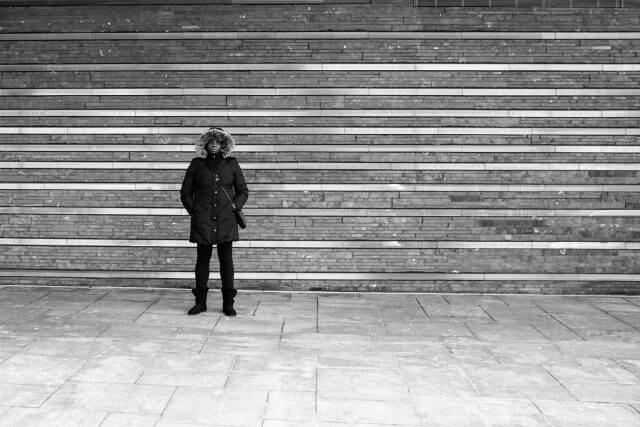
Center Composition/Symmetry
This one can get you in trouble if you’re not careful. Placing a subject dead center of the frame can be amazing…or amazingly boring. To achieve the former rather than the latter, choose subject matter that works well when centered. Generally, the idea is to create visual balance on either side of your subject. When you encounter reflections and symmetry you might want to give some thought to centering the subject. This is a compositional technique that also has wonderful applications for minimalism.

Leading Lines
Lines that converge on a subject or point of interest are referred to as leading lines. Using leading lines is a potent means of adding some dynamism to any photo. You should know that leading lines aren’t required to be straight lines, they can be curved. And while we often see things like fences, bridges, roads and shorelines serve as leading lines, just about anything can serve in this capacity. Get creative and play with angles and perspective in order to most effectively use leading lines to point eyes to the most important part of your photo.
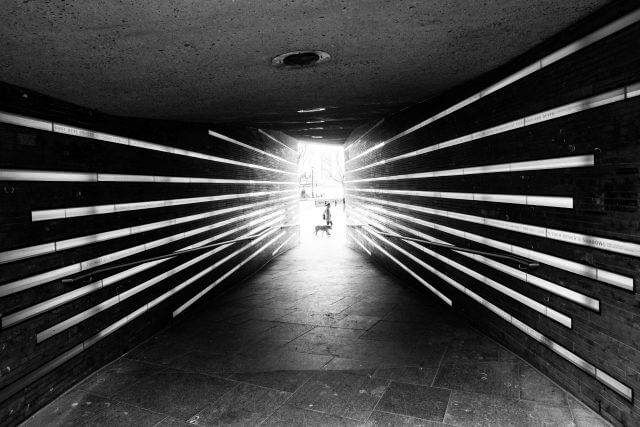
Fill The Frame
This composition guideline is pretty self-explanatory. Photograph your subject so that it takes up most or all of the image frame. This adds immediate impact by making your subject the lone visual attraction. When you fill the frame there are no background distractions, and the apparent proximity of the subject lends a sense of intimacy.

Throw It All Away
With all the composition advice you’ve got swimming around in your brain now, here’s one last bit to stow away for a rainy day in the future. When it comes to applying artistic rules and conventions, you’ve got to know what it all means before you can even feign to possess the expertise to ignore principles that have been in use throughout the entirety of human artistic expression. The principles of composition are central to successful photography and are arguably the most difficult component of photography to master. But these principles aren’t inviolable. I don’t always shoot in a way that totally aligns with any single compositional rule. Sometimes, I just like the way something looks even if it doesn’t comport with the rule of thirds or any of its derivatives. Sometimes it’s a matter of circumstance, like in street photography when I’m in a rapidly changing environment and the rule I am most concerned with is “just get the shot” before it disappears. Because the streets don't care about the golden ratio. I'm not saying it can't be done, but I might argue that composition takes a backseat to gesture in certain instances.
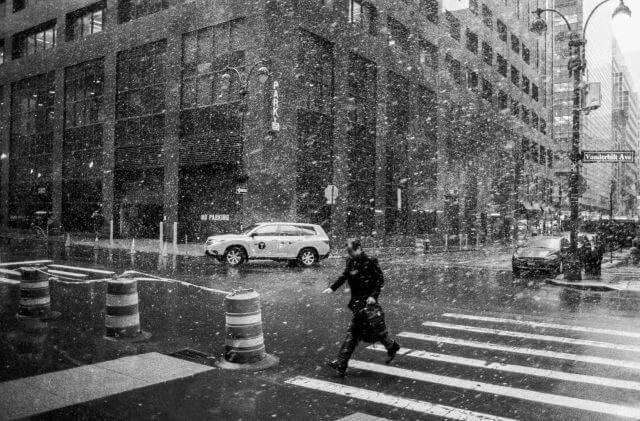
But even in more sedate situations there are times when I’ll place my subject here, then there, then somewhere else — and I finally settle on somewhere else for no other reason than I like the way it looks. As long as I’m not doing client work where specific expectations are involved, I’m not concerned with sticking to rules for the sake of sticking to rules. I do what makes me happy. You should do the same.

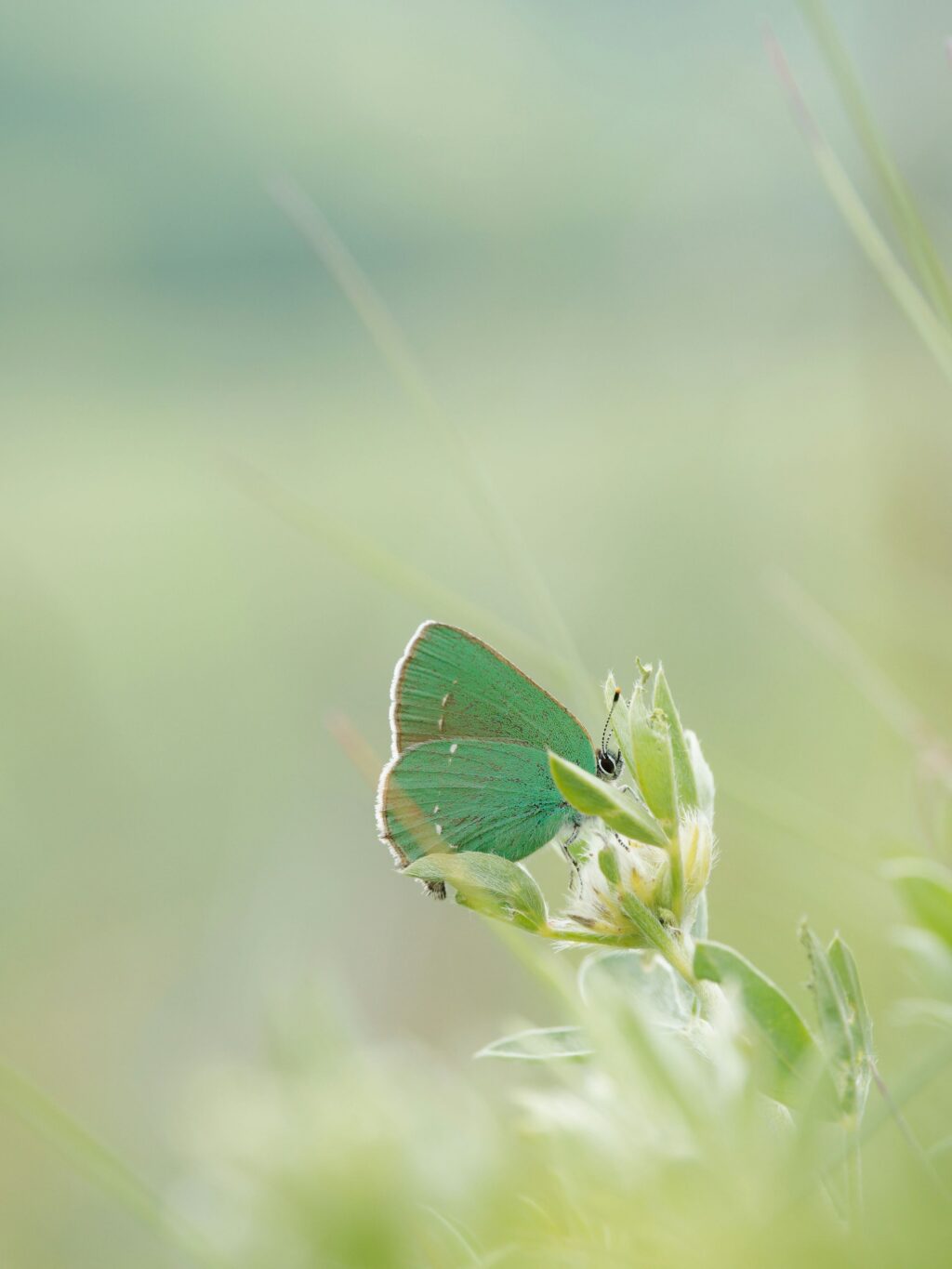


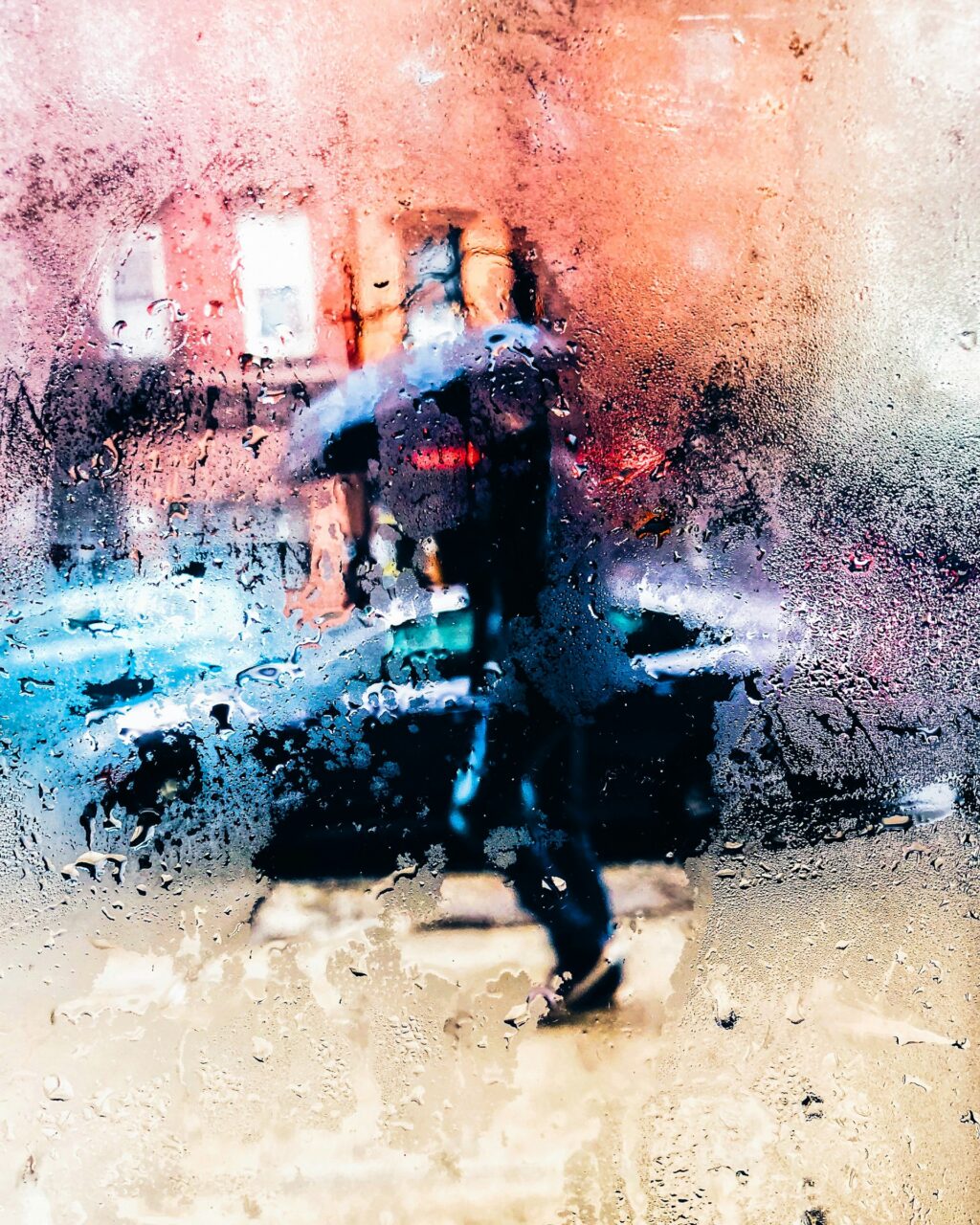
3 Comments
“Throw It All Away” you’ve said. I desagree. If photography is a visual language , as other languages it has a grammar. Composition is the grammar of visual arts. We could not throw it all away…
If you see carefully the last topic, you will realize triangles rule…
😉
Cheers
Rules are a meant to be broken. Once you understand and master the rules, break them when needed to get the shot. Like he says, “Just get the shot.”
Love this line * composition takes a backseat to gesture in certain instance .. I love this 🙂
Nice reading thank you Jason.